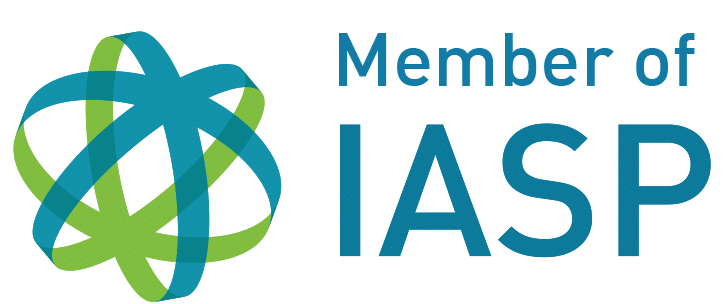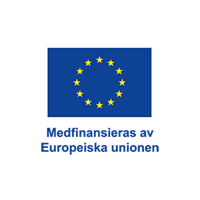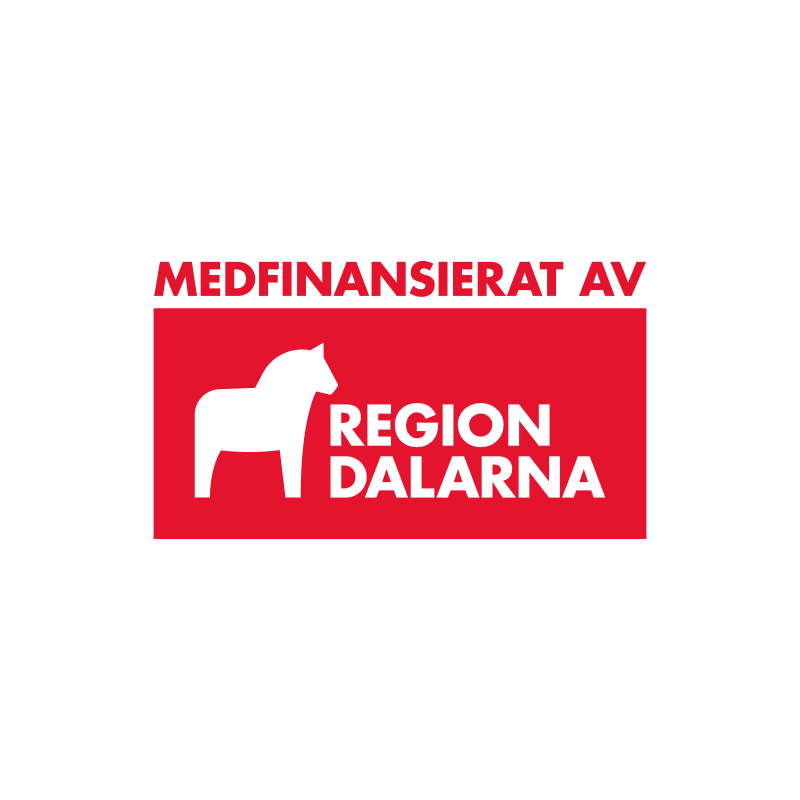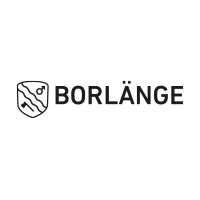
Information about residual streams
Please find below some more information about the residual streams. There is more to take part of if you contact us.
We also provide some example solutions that might serve as inspiration for new end-uses.
Arctic Paper (Grycksbo, Dalarna)
Arctic Paper is known for its production of high-quality fine paper, where they combine long-standing tradition with modern technology to meet both local and international market demands for sustainably produced paper.
Sludge
Particles and oxygen-consuming materials found in process wastewater are purified in the process of wastewater treatment. The particles and biosludge that are formed in the biological part are mixed to form a sludge, which is the actual residual stream. This sludge consists of approximately 65-70% filler and pulp residues and 30-35% biological material, fibers, etc. The material has high density and low permeability (water permeability).
For example, the sludge could be converted into biogas, biochar, used as a soil conditioner, or utilized in the manufacturing of building materials, chemicals, and other biobased products.

Waste heat
Waste heat is the thermal energy generated as a residual stream in industrial processes or during energy production, usually with a low calorific value.
For instance, this energy could be reused for heating, generating electricity or district heating, or even in industrial drying processes
SSAB (Borlänge, Dalarna)
SSAB is a leading global player in the steel industry, known for its advanced and sustainable production of high-strength steel, which plays a critical role in the development towards a more sustainable and efficient manufacturing industry.
Mill scale
Primary scale is formed in the furnace environment during heating. Mill scale is formed during the hot rolling mill process. Mill scale is an iron-rich by-product consisting mostly of iron oxide. One type of mill scale falls out in sedimentation basins in water treatment plant. Another type falls out during backwashing of sand filters. Currently, the mill scales are recycled in the metallurgical process.
For example, the scales could be reused in metal solutions, road construction, land improvement, manufacturing of dyes, building materials, as filtration material, or in environmental restoration projects.

Iron hydroxide sludge
One type of iron hydroxide sludge is formed from a Water Treatment Plant, which is a separate and closed water treatment facility for the hot rolling mill’s cooling section. Another type is formed into a neutralization plant. The iron hydroxide sludge is dewatered for optimal handling. Currently, it is recycled in the metallurgical process
The sludge offers opportunities, for example, in metal recycling, use in pigment production, soil improvement, cement manufacturing, waste management, as a resource in water treatment techniques, or as a catalyst in chemical processes.


Grinding swarf
Grinding swarf is generated during the grinding of rolls from the hot and cold rolling mills. It is dewatered from grinding coolant and packaged in big bags. Currently, it is recycled in the metallurgical process.
Grinding swarf could, for example, be recycled into new abrasive products, used in the manufacture of fire protection materials or technical ceramic products, utilized as an abrasive in industrial processes, or explored for its potential use in 3D printing materials. Perhaps there are also opportunities in environmental cleaning, roadworks, soil improvement, and material reinforcement.

Gevalia (Gävle)
Gevalia is famous for its long tradition of coffee production, where since 1853, they have roasted and blended high-quality coffee, making the brand a symbol of Swedish coffee culture and an appreciated export product worldwide.
Coffee bean husks
Coffee bean husks are the outer shells of the coffee beans. When the coffee beans are processed, this husk is removed before roasting the beans.
The husks could, for example, be used as biofuel or in soil improvement, production of natural dyes or foods, as details in wooden flooring, manufacturing of environmentally friendly packaging materials, cultivation of mushrooms, or as a source of natural antioxidants in skincare products and cosmetics.
Mixture of spilled coffee/plastic packaging
Mixture of spilled coffee/plastic packaging from damaged packaging in the production line.
This residual stream could, for example, be used in the development of new composite materials, insulation materials, or used in the creation of design objects. Perhaps there are also opportunities to develop a good separation process that enables the recycling of plastic and spent coffee separately.







